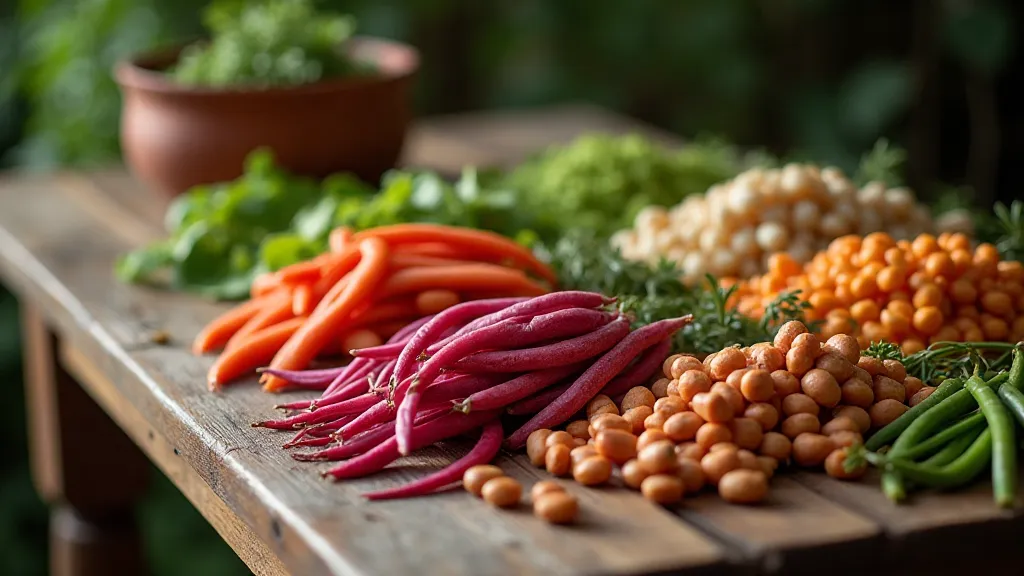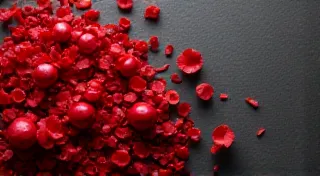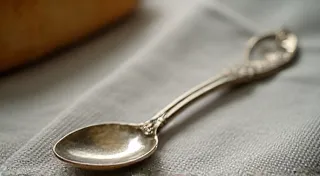The Bean’s Lullaby: The Soothing Rhythms of a Bean Patch
There’s a quiet beauty to a bean patch, a rhythm that seeps into your bones and stills the frantic pace of the world. It’s a lullaby composed of rustling leaves, the sweet earthiness of damp soil, and the visual feast of beans ripening under the summer sun. It reminds me, strangely, of the hushed reverence I feel when examining an antique accordion – a testament to skilled craftsmanship, a vessel carrying echoes of generations past, and a source of both visual and emotional solace. Both are tangible connections to a time when things were made to last, imbued with intention and artistry.
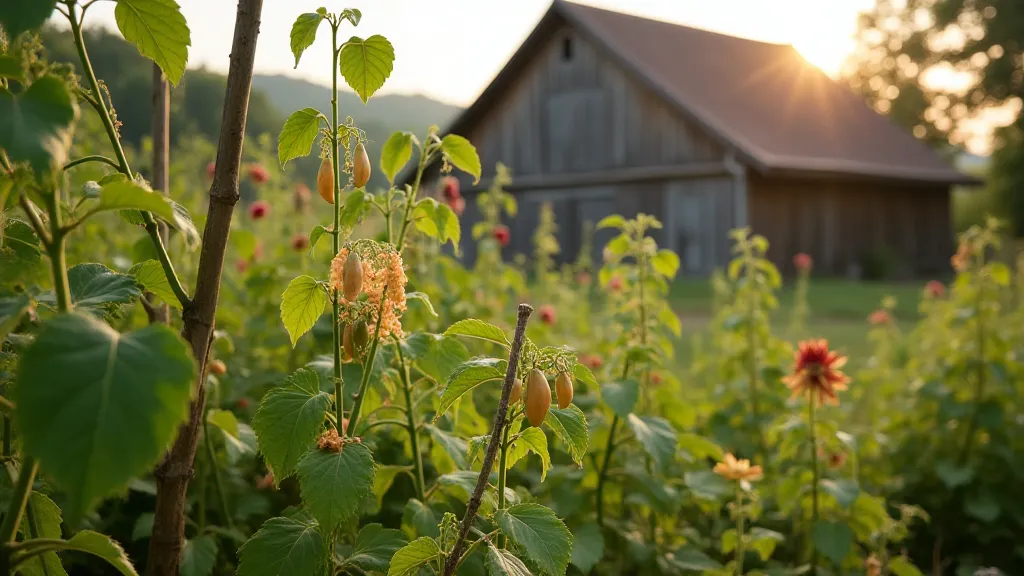
A Heritage Worth Cultivating: Why Heirloom Beans?
We’re often seduced by the uniformity of modern agriculture – perfect rows, predictable yields. But there's a profound loss in that standardization. Heirloom beans, like the antique accordions that whisper forgotten melodies, carry within them a story. They represent a living link to our agricultural past, a preservation of genetic diversity that’s increasingly vital in a world facing climate change and food insecurity. These aren’t just beans; they are legacies.
The term "heirloom" isn’t a regulated one, but generally refers to varieties that have been passed down through generations, typically for at least 50 years. They haven't been bred for disease resistance or higher yields in the same way modern varieties have. Instead, they’ve been treasured for their unique flavors, textures, and often, their fascinating histories. Think of the Scarlet Runner, celebrated for its dramatic blooms and delicious, meaty beans; or the Jacob's Cattle, a gorgeous mottled bean that almost seems to have been painted by hand. Each bean tells a tale of a farmer, a family, a region – a whisper of the past brought to life in your garden.
The Accordion’s Echo: Craftsmanship and Preservation
My grandfather, a quiet man of the fields, collected antique accordions. He's gone now, but I remember him meticulously cleaning and oiling them, his hands surprisingly deft for a man who spent his days wrestling with the earth. He understood that these instruments weren't just objects; they were works of art, the result of countless hours of painstaking labor. Each button, each reed, each bellows was carefully crafted, assembled, and tuned. It’s the same feeling I get when I hold a handful of heirloom beans – a tangible connection to that same dedication to quality and tradition.
Restoring an accordion, like nurturing a bean patch, requires patience and a deep respect for the original craftsmanship. You learn to diagnose problems, to appreciate the subtleties of each component, to understand the instrument's history. Sometimes, a bellows has sprung a leak; sometimes, a reed is warped. Similarly, cultivating heirloom beans requires a different mindset than simply planting a packet of seeds. You need to be observant, understanding the nuances of your soil, the needs of each variety, and willing to accept slightly lower yields in exchange for unparalleled flavor and character.
Growing Your Own Bean Patch: A Sensory Experience
Let's delve into the practicalities of growing these treasures. Bean growing isn't overly complicated, but it does demand a little knowledge and care. Most beans thrive in warm, sunny locations with well-drained soil. They’re heavy feeders, so amend your soil with compost or well-rotted manure before planting.
Choosing Your Varieties: The sheer number of heirloom bean varieties can be overwhelming! Start with a few that appeal to you – consider what you want to use them for (fresh eating, shelling, drying). Scarlet Runners are fantastic for climbing trellises and providing a stunning visual display. Cranberry beans are gorgeous and delicious. Jacob’s Cattle are a true showstopper.
Sowing the Seeds: Beans can be direct-sown after the last frost. Soak the seeds for a few hours before planting to speed up germination. Plant them about an inch deep and space them according to the variety’s needs.
Supporting Your Vines: Many heirloom beans, particularly the runners, are vigorous climbers. Provide them with sturdy supports – trellises, poles, or fences. This keeps the plants tidy and improves air circulation.
Watering and Weeding: Consistent watering is crucial, especially during flowering and pod development. Keep weeds under control to prevent them from competing for nutrients.
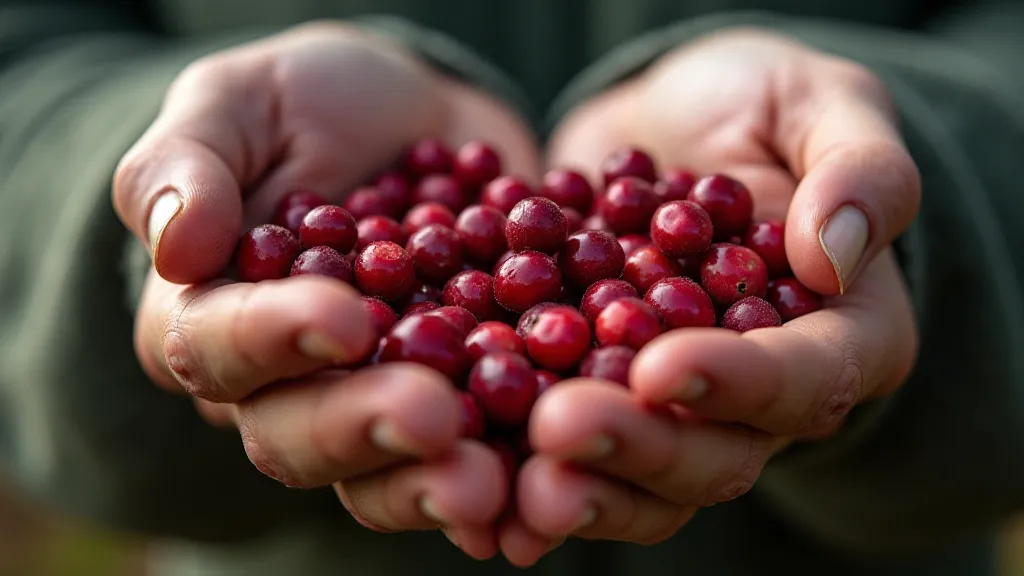
The Harvest and Beyond: A Taste of History
The first harvest is always a moment of quiet triumph. The scent of fresh-picked beans is intoxicating. Many beans are ready to harvest when the pods are plump and tender. For dry beans, allow the pods to mature fully on the vine and then shell them when they are dry and brittle.
Cooking with heirloom beans is a revelation. The flavors are often more complex and nuanced than those of modern varieties. Imagine a Scarlet Runner bean soup, rich with earthy flavors and a hint of sweetness, or a pot of Jacob’s Cattle beans, simmered with herbs and spices. Each bite is a taste of history, a connection to the generations of farmers who have nurtured these beans.
Preserving the Legacy
Like the careful restoration of an antique accordion, preserving heirloom beans requires a conscious effort. Save seeds from your favorite varieties to ensure their continued existence. Share your beans with friends and neighbors, spreading the love of these forgotten treasures.
There's a profound satisfaction in cultivating a bean patch, in nurturing a living link to the past. It’s a reminder that true value lies not just in efficiency and uniformity, but in beauty, flavor, and the enduring power of human connection. The bean’s lullaby – the rustling leaves, the earthy fragrance, the vibrant colors – is a soothing balm for the soul, a reminder of the simple joys of life, and a celebration of the rich tapestry of our agricultural heritage.
